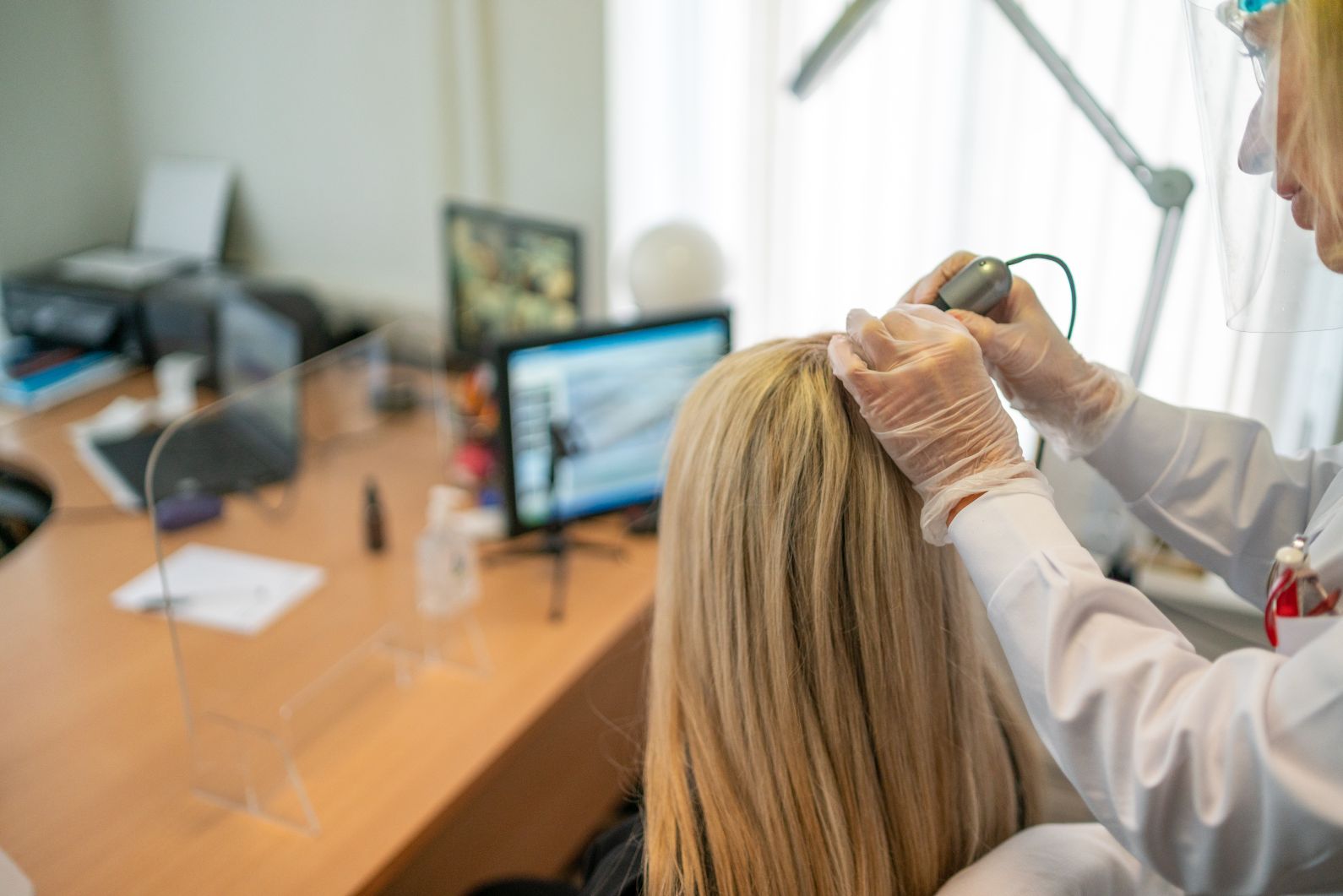There are various reasons why people lose their hair. It can be due to nutritional deficiency, genetics, diseases and even hairstyling practices. Some hair loss conditions are permanent, while others are temporary. However, whether the problem is reversible or not, it is best to catch it early if you want to achieve a favourable treatment outcome.
Many people discover that they are suffering from alopecia at a later time. One reason for this is that they do not know what the early signs of hair loss are. There is also the fact that symptoms vary depending on the cause. Moreover, the problem may happen gradually which can make it less obvious.
While it can be a bit challenging to detect alopecia in its early stages, it is not an impossible task. All you need to do is to know your hair well, particularly its appearance or volume. It also helps if you are aware of the signs and symptoms of the different types of alopecia. We’ve put together a guide below to help you catch any hair loss problem early.
Early Signs of Androgenetic Alopecia
Androgenetic alopecia is the leading cause of hair loss in men and women. Experts say that this condition is brought about by the interaction of genetics and environmental condition. Signs of pattern baldness are different in women and men.
“Generally, decreased hair volume is the most noticeable sign of a hair loss problem in women. Some become aware of their alopecia because their ponytail is thinner than it used to be. Another common sign of female pattern baldness is thinning around the part area. This eventually leads to a wider part.”
Male pattern baldness starts and progresses differently from female pattern hair loss.
“The most common pattern starts with a receding hairline… As the hairline continues to move backwards, an M-shaped pattern of hair is formed… Meanwhile, for some men, the hair loss takes place in the crown area first. Here, sufferers lose their hair in a circular pattern.”
Early Signs of Traction Alopecia
Traction alopecia is a hair loss condition usually caused by tight hairstyles such as braids, cornrows and buns. Unlike androgenetic alopecia, this condition is reversible and easily treatable for as long as it is detected early.
“During the early stage, traction alopecia manifests as pimple-like bumps on the scalp. Eventually, the presence of broken strands on affected sections may be observed. In worst cases, missing hairs on follicles or bald patches are seen. Other symptoms include scalp redness, itching and scaling. Tenderness in areas where hair thinning is present may also be felt. This is often due to inflamed follicles. Sometimes, the scalp may also have pus-filled blisters.”
Early Signs of Alopecia Areata
Alopecia areata is categorised as an autoimmune disorder which causes smooth, circular bald spots on the head.
“According to a study published in 2015, alopecia areata is the second most common cause of hair loss in men and women… this type of hair loss condition affects around 2 per cent of the global population.”
“This condition usually begins with the manifestation of one or more bald patches on the scalp. The scalp typically appears healthy. At times, the bald patch may exhibit mild redness or mild scaling and may feel itchy. Some people with alopecia areata develop pitted fingernails and toenails.”
Early Signs of Telogen Effluvium
In telogen effluvium, diffused hair thinning is experienced. The thinning is usually concentrated on the crown area. The triggers of this condition include high fever, pregnancy, nutritional deficiency and stress.
“Losing a handful of hair, more than what is normal which is around 100 to 150 strands a day, is the most common sign of telogen effluvium. Hence, if you have this condition, you may see more hair on your pillow or hairbrush. In some cases, scalp tenderness is present… hair loss in telogen effluvium is diffused in most cases. However, there are a few times when thinning is concentrated in just one area.”
Once you notice any of the symptoms above, see a trusted hair and scalp specialist right away. The specialist is going to evaluate your scalp and run some tests to ascertain if you have alopecia and what’s causing it. Treatment commences after a diagnosis is made.
Are you noticing early signs of hair loss? Consult a hair and scalp specialist right away to get an accurate diagnosis. Call us on 01 6793618 and schedule an appointment with our trusted dermatologist or trichologist!
—
Image by Skica911 from Pixabay



